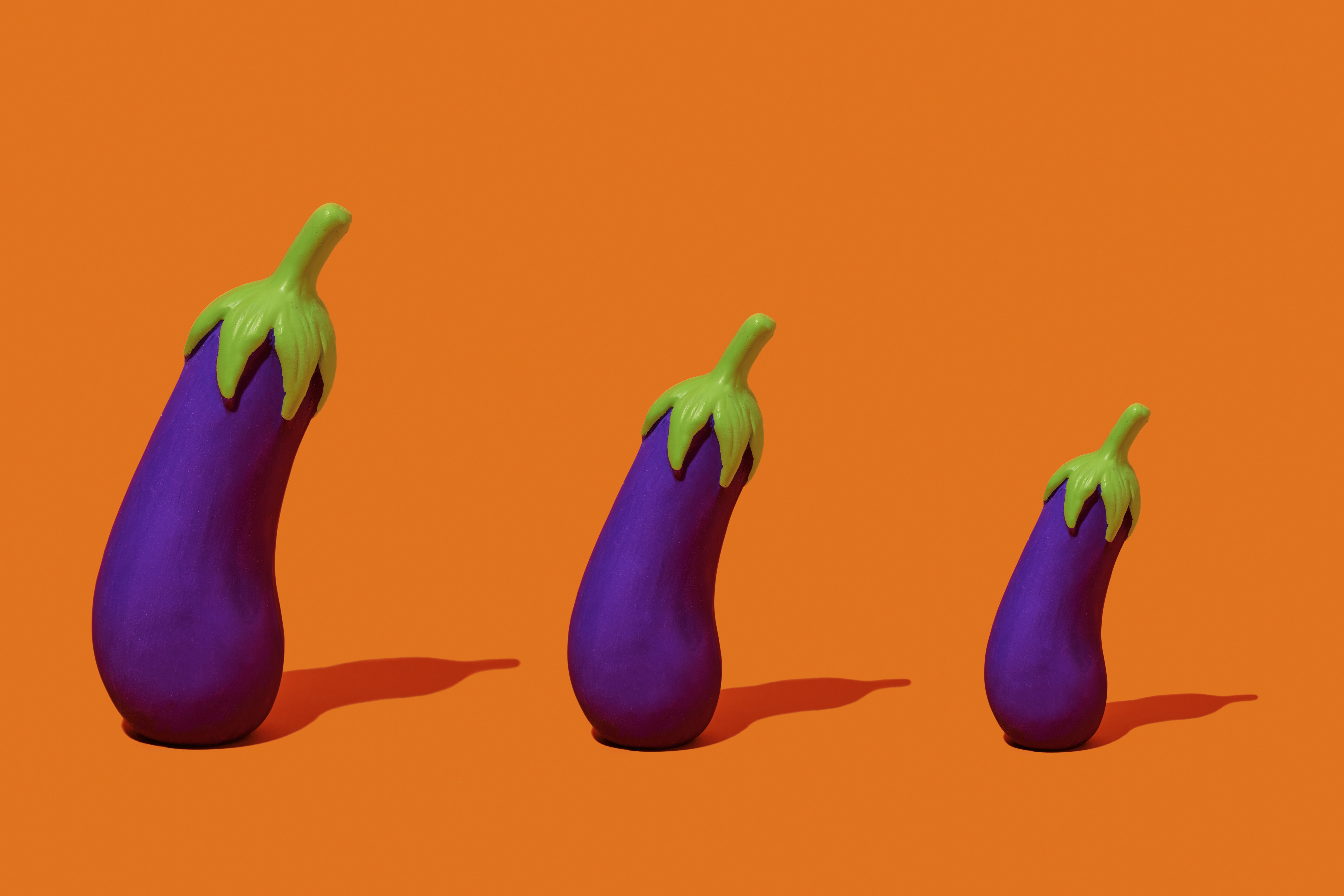
Picture all of the places that you think could be the most disgusting, germ filled corners of your house. You might think it’s the shower drain, or maybe your bin area. But what if it turned out that your spice rack was the germiest place in your entire house?
According to a study commissioned by the US Department of Agriculture’s Food Safety and Inspection Service (FSIS), spice racks are the hotbeds for cross contamination of germs.
Regular surfaces show evidence of contamination about 20% of the time. Meanwhile, spice racks have been known to show contamination nearly half the time.
The way this study was conducted was that participants were asked to make a turkey burger patty and a salad. The turkey meat contained a “tracer organism” in it called MS2, so the researchers could track cross-contamination.
The participants were not made aware of the fact that their food safety behaviour would be examined until after they had prepared the meal.
The researchers then tested all the surfaces in the kitchen, including knives, sponges, tap handles and chopping boards. Out of all of them, only about one fifth tested for MS2.
But the spice containers? 48% of them were contaminated.
Co-author Donald Schaffner, a professor at Rutgers University’s department of food science, said most research into cross-contamination has often neglected things that are touched the most during cooking like spice jars and utensils. The primary focus has mainly been chopping boards and taps.
So when researchers found out that the spice containers were almost 50% contaminated, they were stumped too.
Spice jars had never been tested before. But this can serve as a pretty chilling reminder to wipe down all of your spice containers after you use them while cooking your food.
One thing is for sure, I’ll never be able to look at my spice rack the same way again.




